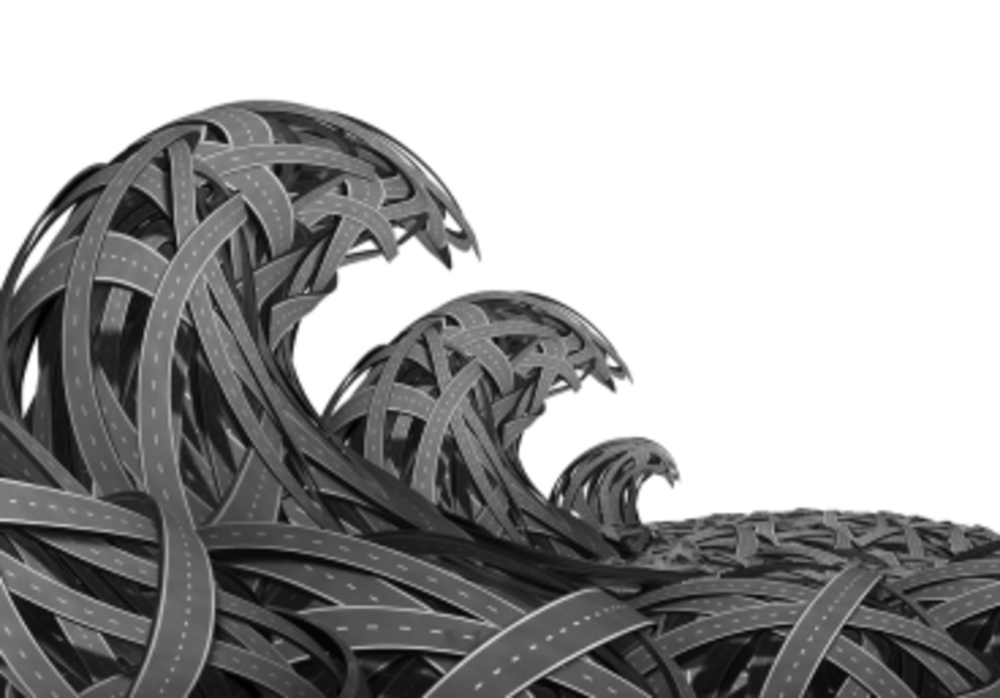When was the last time you had a linear path to purchase? Watched TV show —> saw TV commercial —> got off sofa —> went to store —> handed over credit card? That’s just not how it goes down anymore.
Simple path to purchase started to go the way of the Dodo at around the time smartphones saturation broke the thermometer needle. And of the roughly 140 million smartphone users in the U.S. alone, the majority—four out of five according to comScore—use their mobile devices to shop. In fact, when you think about it, we’re kind of in a perpetual state of shopping.
“I saw an interesting article the other day which said people don’t go shopping anymore because with mobile, they never stop shopping,” says R.J. Talyor, VP of mobile products at ExactTarget. “Your smartphone is always in your pocket, so you always have the potential to be looking at products before you’re anywhere near a store.”
It’s not that there’s no more path to purchase at all, but it’s certainly no longer primrose. Rather than making a single big decision at a specified time in the funnel, consumers are engaging in “a series of smaller decisions at all times enabled by tablets and smartphones interwoven with the desktop Web,” Talyor says.
And that’s part of what’s driving the uptick in marketing automation mergers and acquisitions. Social, mobile, email, text messaging, push messaging, apps—it’s all part of the buying cycle, and it’s all got to be tracked, which is what marketers have to spend a lot of their time doing these days.
“The attribution model is following the consumers through that twisted path,” Talyor says. “Path to purchase today is really about the unification of all those channels in an effort to follow an individual as they go through the new shopping experience.”
Speaking of the new shopping experience, Talyor says mobile commerce is where it’s at—just don’t call it m-commerce.
“We need to drop the prefixes: f-commerce, t-commerce, e-commerce—all of these can be merged into just ‘commerce:’ People buying stuff,” he says. “All those different prefixes are just silos—what we’ll see more and more of is email, social, and mobile all in a single experience.”
Which creates an interesting paradox—at least to my mind: As the space becomes more and more consolidated, the path to purchase gets more and more twisty.
And that’s why the question on every marketer’s mind today is how to create a trackable cross-channel experience that makes sense for both the consumer and the brand.
“Because it’s all extremely linked,” Talyor says. “I see that the future of all those fill-in-the-blank-commerces—F, T, E, M—is going to be a unified model.”








